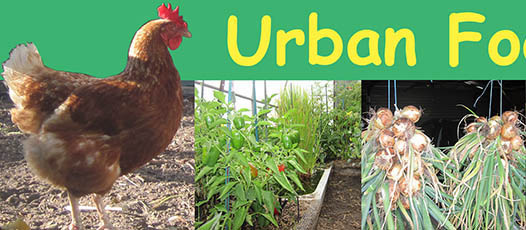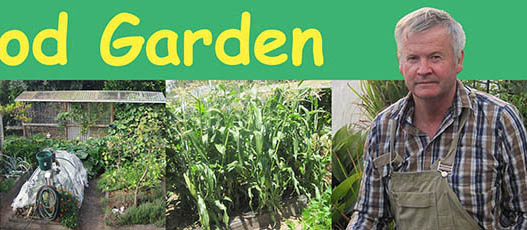seed saving
seed labelling and storage
Labelling seed packets
After harvesting your seeds and choosing
the type of
packaging you want to use to store your seeds it is important
that you label them accurately. Below are two different ways
to label your seeds. The one on the left involves simply
writing directly onto the packet, which is probably all but
the
most dedicated seed saver needs to do. The one on the right is
more elaborate, involving coloured category labels and a unique seed
number for each seed packet.

Two different methods of accurately labelling your saved seeds.
1. VEGETABLE TYPE
The
name of the vegetable. For example lettuce, tomato, eggplant etc.. I often abbreviate them;
lettuce would be written as LET, tomato as TOM, eggplant as EGG.2. VEGETABLE VARIETY
Again the names can be abbreviated. For example Great Lakes lettuce is
simply written as GLAKE, Rouge de Armanda tomato as ROUGE.3. YEAR AND MONTH HARVESTED
Putting the month is not entirely necessary but to more accurately work
out use by dates. it does help if you know what time of the year the
vegetable seeds were harvested. 4. USE BY DATE
Putting a use date is very useful as it warns you when seeds are too old
for planting. I routinely discard seeds that have past their use
dates. To work out your use by dates see the
Seed Storage
Life webpage. Note that some commercial seed
companies simply put the same cover all use by dates on all their seed
packets regardless to the different varieties of seed. It is
sometimes more accurate to go by use by the dates from the
Seed Storage
Life webpage then those on the seed packet.5. COLOURED CATEGORY LABELS
If you save a lot of seeds then it is useful to categorise the seeds
into subgroups. I use coloured sticky labels to help with that.
For example red is tomatoes, capsicum and eggplant, green is lettuces
and leafy vegetables etc...6. UNIQUE NUMBER FOR EACH SEED
PACKET
Every seed packet, whether home grown or bought, gets a
unique number. I do this because it makes it easier to keep track
of the seed source. It also helps in identify dud seeds.using a computer data base to
store information about your seeds
As well as labelling my seeds I
have a computer data base file that I use to record all the seeds I have
harvested or bought. That way I can better keep track of seed
performance and the original source seeds. This is where having a
unique number for each seed packet comes in handy. It also helps
when ordering seeds that I have run out of.
